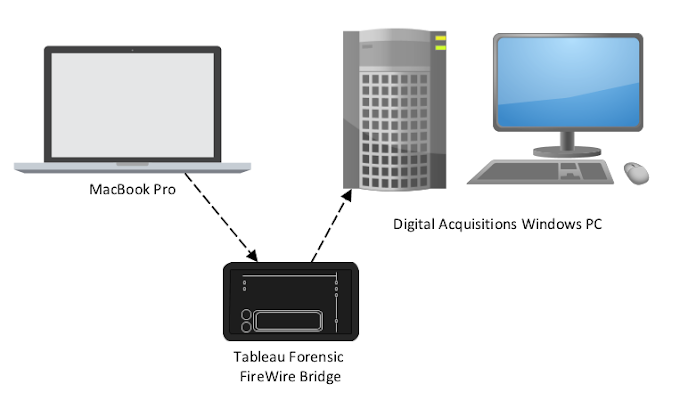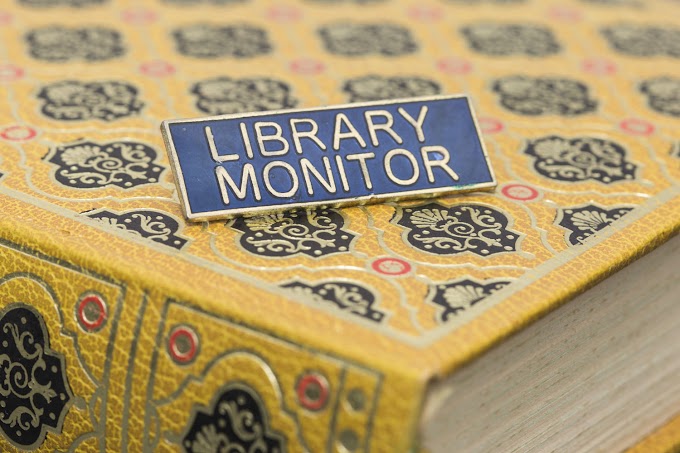GLAM institutions are the custodians of knowledge and culture around the world, where each organisation has a particular focus and collection strategy. There is a growing argument for free access to digital copies of public domain works and there is hope for an open future with more organisations making this a reality every year. It is important to note that open access is not just about providing digital copies. OpenGLAM champions the principles of access to metadata, digital representations, making explicit statements on conditions of reuse and repurposing, using open file formats which are machine-readable and pursuing novel ways to engage audiences.
While public domain has no restrictions and open source has varying conditions, they both provide the public with the ability to remix and reuse material legally without cost. The results can be amazing, with the Rijksmuseum and its Rijksstudio awards a great example. Restricting access restricts both creativity and research capabilities. I am always excited when I hear of new collections being made available online such as NASA's image library and the New York Public Library's public domain collections.
In a world of budget cuts and uncertain funding futures in the cultural sector across the globe, it is understandable that organisations are hesitant to stop charging for a service. Digitisation comes at a cost and so does the act of digital preservation of these digital assets and providing access (systems). Each organisation needs to determine the best approach for their situation. There is evidence that providing access can actually increase revenue in this area, such as Rijksmuseum previously offering medium quality jpegs for free and charging for the master tiff file (Pekel 2014, p. 11). As these collections become available online there is an increased interest in the collections. Rijksmuseum now provides master tiff files for free, along with many other organisations such at the Library of Congress and State Library of Victoria.
In providing access, organisations also need to make these resources searchable. There is a growing number of portals on the internet to help people search through these vast resources of freely available content. These include Trove, Europeana, Wikimedia Commons, Creative Commons Search, Flickr Commons and DigitaltMuseum (to name a few).
While copyright laws are still a point of contention in some jurisdictions, the GLAM sector is taking onboard the principles of open access and there is hope for an open source future.
While public domain has no restrictions and open source has varying conditions, they both provide the public with the ability to remix and reuse material legally without cost. The results can be amazing, with the Rijksmuseum and its Rijksstudio awards a great example. Restricting access restricts both creativity and research capabilities. I am always excited when I hear of new collections being made available online such as NASA's image library and the New York Public Library's public domain collections.
In a world of budget cuts and uncertain funding futures in the cultural sector across the globe, it is understandable that organisations are hesitant to stop charging for a service. Digitisation comes at a cost and so does the act of digital preservation of these digital assets and providing access (systems). Each organisation needs to determine the best approach for their situation. There is evidence that providing access can actually increase revenue in this area, such as Rijksmuseum previously offering medium quality jpegs for free and charging for the master tiff file (Pekel 2014, p. 11). As these collections become available online there is an increased interest in the collections. Rijksmuseum now provides master tiff files for free, along with many other organisations such at the Library of Congress and State Library of Victoria.
In providing access, organisations also need to make these resources searchable. There is a growing number of portals on the internet to help people search through these vast resources of freely available content. These include Trove, Europeana, Wikimedia Commons, Creative Commons Search, Flickr Commons and DigitaltMuseum (to name a few).
While copyright laws are still a point of contention in some jurisdictions, the GLAM sector is taking onboard the principles of open access and there is hope for an open source future.
This post is my contribution to the GLAM Blog Club April 2017 theme: "Hope".
Cover image credit: Flowers, anonymous, c. 1700 - c. 1799. Rijksmuseum http://hdl.handle.net/10934/RM0001.COLLECT.8582
References:
Pekel, J. 2014, 'Democratising the Rijksmuseum', <http://pro.europeana.eu/files/Europeana_Professional/Publications/Democratising%20the%20Rijksmuseum.pdf>.





